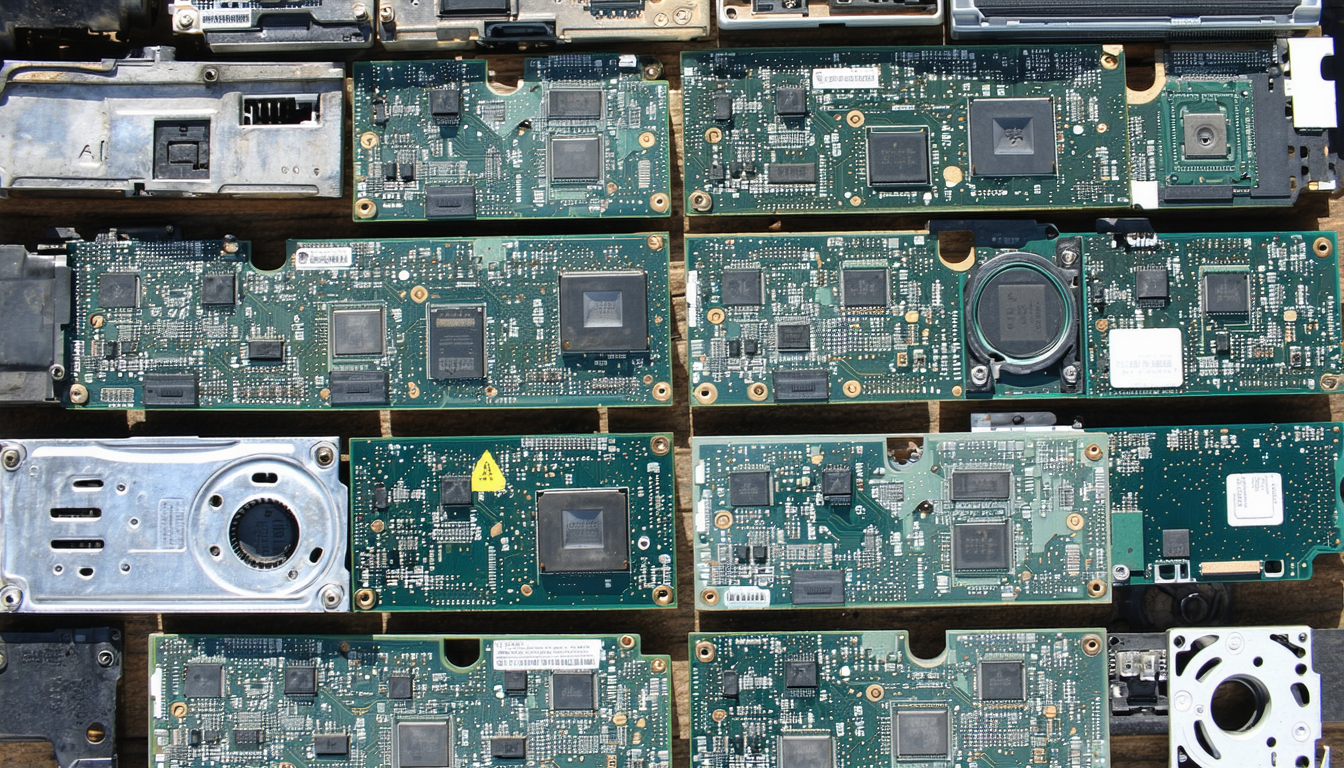Introduction
Across the United States, a groundbreaking e-waste event has captured the attention of environmentalists, tech companies, and policymakers alike. Hosted in multiple cities this month, the nationwide initiative aims to tackle the growing crisis of electronic waste through large-scale recycling drives and public awareness campaigns. With millions of tons of discarded electronics piling up annually, this event marks a pivotal moment in addressing sustainability. This article explores the details of the event, its significance, and its potential to reshape how Americans handle e-waste.
Nationwide E-Waste Event: A Turning Point for Recycling
In early November 2023, the “Recycle Electronics Now” campaign launched as one of the largest e-waste events in U.S. history. Organized by a coalition of environmental groups and tech giants, the initiative set up over 500 collection points in cities like New York, Los Angeles, and Chicago. The goal was clear: to collect outdated or broken electronics—ranging from smartphones to laptops—and ensure their safe disposal or recycling.
Over the first weekend alone, organizers reported collecting more than 10,000 tons of e-waste. This staggering figure highlights the scale of the problem and the public’s willingness to participate. Events also featured workshops on proper disposal methods, educating attendees on the hazards of improper e-waste handling.
Why This E-Waste Event Matters
Electronic waste is a pressing environmental issue, with the U.S. generating approximately 6.9 million tons of e-waste annually, according to the Environmental Protection Agency (EPA). Only about 25% of this waste is recycled, leaving the rest to clutter landfills or release toxic substances like lead and mercury into the environment. This e-waste event addresses these challenges head-on by providing accessible solutions.
Beyond environmental benefits, the initiative supports job creation in the recycling sector. According to Sarah Bennett, a sustainability expert at GreenTech Solutions, “Events like these not only reduce landfill waste but also foster a circular economy by recovering valuable materials like gold and copper from old devices.”
Impact on Stakeholders
The e-waste event has far-reaching effects on various groups. For consumers, it offers a guilt-free way to dispose of old gadgets while learning about sustainable practices. Many participants expressed relief at finally clearing out cluttered drawers filled with obsolete tech.
For tech companies, partnering with such initiatives enhances their corporate social responsibility profiles. Major brands like Apple and Dell provided funding and drop-off locations, reinforcing their commitment to sustainability. Meanwhile, local governments benefit from reduced landfill costs and improved community engagement on green issues.
Challenges and Criticisms
Despite its success, the e-waste event faced some hurdles. Critics pointed out that while short-term collection drives are impactful, they don’t address systemic issues like overproduction of electronics or lack of long-term recycling infrastructure. Some environmental activists argue that manufacturers should bear more responsibility for designing products with end-of-life recycling in mind.
On the other hand, organizers acknowledge these concerns but emphasize that such events are a starting point. They hope to inspire policy changes, including stricter regulations on e-waste management. Balancing immediate action with long-term solutions remains a key debate surrounding this initiative.
Future Implications of E-Waste Initiatives
The success of this nationwide e-waste event could pave the way for similar programs across the globe. Experts predict that if scaled effectively, these efforts might reduce U.S. e-waste landfill contributions by 10% within five years. Additionally, increased public awareness could pressure lawmakers to introduce incentives for eco-friendly product designs.
According to Dr. Emily Carter, an environmental policy analyst, “This event is a catalyst. It shows that collective action can drive change, but sustained government and industry support are crucial for lasting impact.” The momentum from this initiative may also encourage innovation in recycling technologies, making processes more efficient.
Conclusion
The recent U.S. e-waste event stands as a powerful reminder of the urgent need to address electronic waste. By collecting thousands of tons of discarded devices and educating communities, it has sparked hope for a cleaner, more sustainable future. While challenges remain, the collaboration between citizens, corporations, and governments offers a promising blueprint for tackling this global issue. As momentum builds, such initiatives could redefine how society manages technology’s environmental footprint.
Frequently Asked Questions (FAQ)
- What is an e-waste event?
An e-waste event is an organized initiative to collect and recycle electronic waste, such as old phones, computers, and appliances, to prevent environmental harm. - Why is e-waste a problem in the United States?
The U.S. produces millions of tons of e-waste yearly, much of which ends up in landfills, releasing toxic materials into soil and water. - How can I participate in future e-waste events?
Check local government or environmental group websites for upcoming collection drives, or contact electronics retailers for drop-off programs. - What happens to electronics collected at these events?
Items are sorted, refurbished if possible, or dismantled to recover materials like metals and plastics for reuse, minimizing landfill waste. - Are there laws regulating e-waste in the U.S.?
Yes, several states have e-waste laws, but there’s no federal mandate. Events like these often push for stronger national policies.

